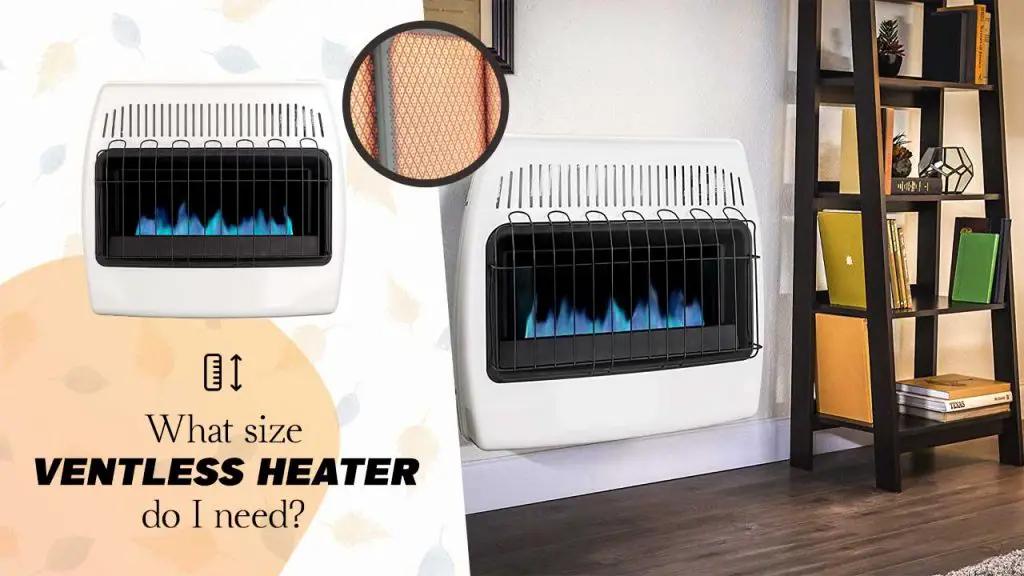Are electric radiators expensive? How much exactly does an electric radiator cost? These are questions that we get all too often whenever we talk about heaters. As much as quality and effectiveness are important, homeowners also want to know how much money they have to spend on a heater.
Electric radiator heaters are a popular type of space heater and work by radiating heat and dispersing them around the room. This is different from fan-forced heaters, but they are considered pretty effective too.
It is, therefore, important to ascertain how much an electric radiator costs, and we’ll walk you through all of that in this post.
How Much Is an Electric Radiator?
Most common household electric radiators cost between $60 and $200 on average.
These refer to regular radiator heaters with a power range between 700 Watts and 2000 Watts. For instance, the AmazonBasics Portable Radiator Heater costs around $65 to $75 and can conveniently cover small/medium rooms and spaces.
On the other hand, the larger Rellorus Radiator Heater goes for up to $120 or more. The larger unit can cover up to 300 sq ft and has more advanced features than the smaller one.
What this explains is that prices differ based on size, coverage, features, and also brand. However, you may find two products of similar size, features, and coverage, but still at different prices because of brand differences.
There are some brands that are more reputable and sought after as a result of track records, and these tend to be understandably more expensive than others. Notably, these brands often offer higher quality.
Here are some factors that determine the cost of a radiator heater:
1. Size
Size is one of the most crucial factors when considering the price of radiator heaters. Size here does not necessarily mean a bigger unit, but, a unit with a larger capacity, more powerful heating, and much more durable internal and external components and body. Most times, the larger the unit, the higher the cost.
2. Coverage
This is another factor that often has an influence on price. Generally speaking, electric radiators with larger coverage capacity tend to cost more. This makes sense because a 500 sq ft, for instance, will be able to cover two medium-sized rooms comfortably, whereas you would need two 250-300 sq ft units to take care of the same rooms.
3. Power
This isn’t always the case, but it is the more common norm to find that electric radiators with a higher wattage often cost higher. Ideally, these units should also come with more heating power and coverage to ensure the cost incurred on electricity is worth it. Power also has to do with thermostat temperature and how much heating can be provided per time.
4. Brand
Like earlier mentioned in passing, brand equity is a huge factor that determines pricing. It is no wonder you’d find two products of the same capacity and features having two different prices. The difference is in the brand. Understandably too, people are usually willing to pay more for more popular brands.
5. Energy Efficiency
Energy efficiency is such an important issue when HVAC systems are discussed. This is because homeowners are concerned about energy bills, and anything to help them cut down such bills is often warmly embraced. There are some units that are rated with an Energy Star and these units are often relatively more expensive.
| Wattage | Coverage | Thermostat Range | Price | Recommended Products |
| 700W – 1500W | 100 to 180 sq ft | 40 to 95 F | $50 to $90 | AmazonBasics Portable Radiator |
| 700W – 1500W | 100 to 220 sq ft | 45 to 95 F | $70 to $100 | Byumichori Radiator Heater |
| 600W – 1500W | 200 to 450 sq ft | 45 to 95 F | $120 to $180 | Dreo Radiator Heater |
| 500W to 1500W | Over 500 sq ft | 44.6 F to 95 F | $150 and above | Softly Mica Heater |
Are Electric Radiator Heaters Expensive to Run?
The simple answer is No. This is simply because one has to consider what the alternative entails. As gas prices continue to soar, it does appear to make a whole lot of sense to go with electric radiators. Buying an electric radiator heater is not the same as running one.
The good thing here is that you can easily calculate how much you spend running the electric radiator on a daily, weekly, monthly and yearly basis as long as you can ascertain what wattage it is running on and the cost of electricity per kW hour.
For instance, for a 1,500-watt unit in the US where electricity costs around $0.13 per kilowatt-hour, we can calculate the cost of running it by using the formula;
Wattage (÷ 1,000) × Cost per kWh = Cost per hour.
1,500 (÷ 1000) x 0.13 = Cost per hour
1.5 x 0.13 = $0.195
If you use it for 9 hours daily, that will amount to $1.755. In a month, you’d be spending about $52.65.
However, it is important to note that there are some factors that are often overlooked when calculating the cost of running an electric radiator.
It just isn’t that simple, so we’ll walk you through it:
1. Weather changes

The volatility of weather can be a big determinant of how often you’ll use the unit.
So, if you live in a cold region, you’d need to run your electric radiator more often.
On the other hand, you’d require less heating in a warmer region.
2. Built-in thermostat
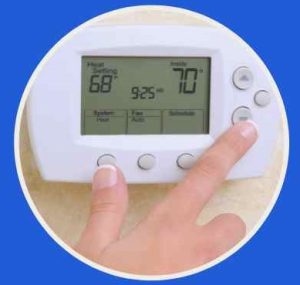
A built-in thermostat is another very important factor that can determine how much running your electric radiator unit will cost.
A built-in thermostat, especially an automatic type, will help in turning the unit off or reducing it when heating is no longer needed, and this can save costs.
3. Room size

The size of you’re deploying heater is certainly a factor to consider.
For instance, the unit will work more and burn more energy if it is deployed in a room that is larger than its specified coverage.
On the other hand, a smaller-than-unit room will heat up much quicker and would require the unit to be reduced or turned off more frequently and these factors will determine how much you’ll spend on energy.
4. Insulation

Insulation refers to padding the room so that heat is not lost.
One of the reasons for increased energy costs is draft; a situation where heat escapes out of the room through spaces and openings.
This causes the unit to work extra hard to replace the lost heat.
If insulation is done, this can cut down such losses.
Final Thoughts:
Electric radiators have made their mark in the HVAC industry for their efficiency and verified performance. Thankfully, they’re pretty affordable hovering between $60 and $200.
Also, they’re not so expensive to run as well, depending on a number of factors that we’ve considered in the article. If you get the right brand at a good price, with some energy-saving features, and know how to use the unit, you should get the best value from the unit.
| Photo | Title | Buy |
|---|---|---|

|
LEVOIT Air Purifier for Home & Bedroom - For Allergies and Pets Hair | Check Price On Amazon |

|
BREEZOME 60 OZ Quiet Dehumidifiers for Home, Dual-Semiconductor | Check Price On Amazon |

|
AquaOasis™ Cool Mist Quiet Ultrasonic Humidifier for Bedroom & Large room | Check Price On Amazon |

|
43.3'' Portable Air Conditioners, 3-IN-1 Evaporative Air Cooler w/Remote | Check Price On Amazon |

|
BlueDri BD-AS-550-BL Negative Machine Airbourne Cleaner HEPA Air Scrubber | Check Price On Amazon |
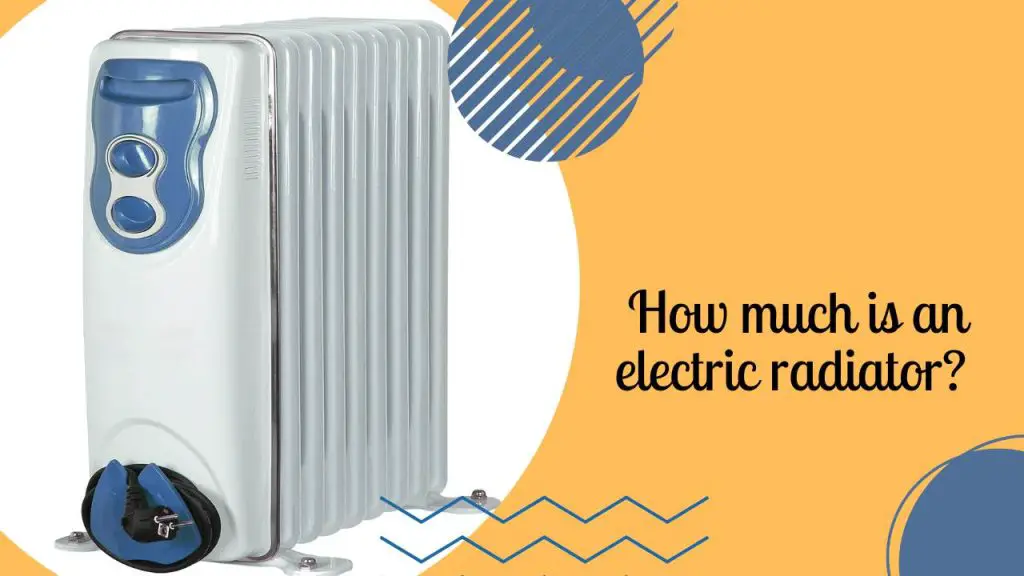

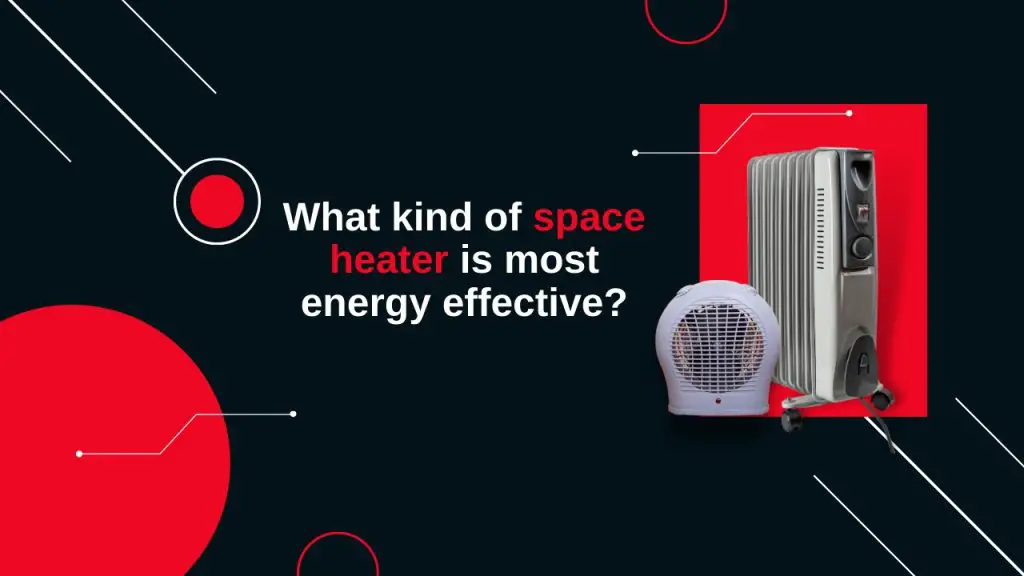
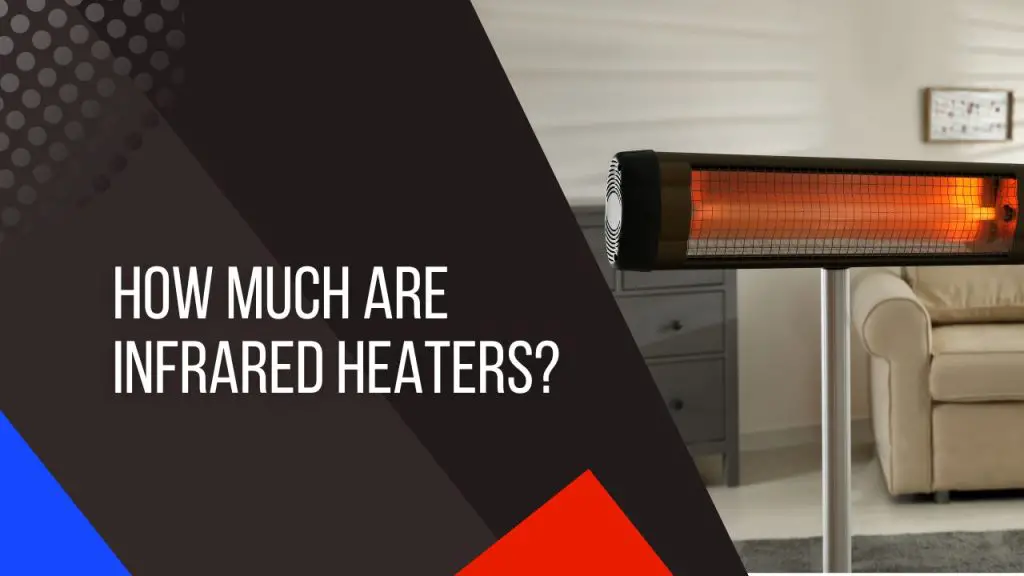
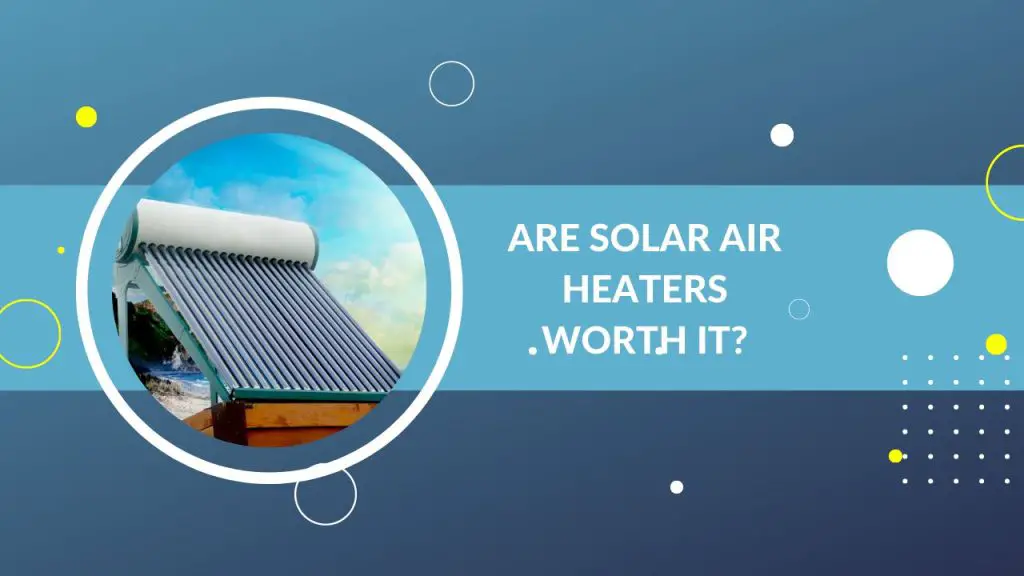
![Ventless Heater Moisture Problems [Possible Reasons & Solution]](https://www.airpurelife.com/wp-content/uploads/2022/12/Why-do-ventless-heaters-create-moisture-1024x576.jpg)
